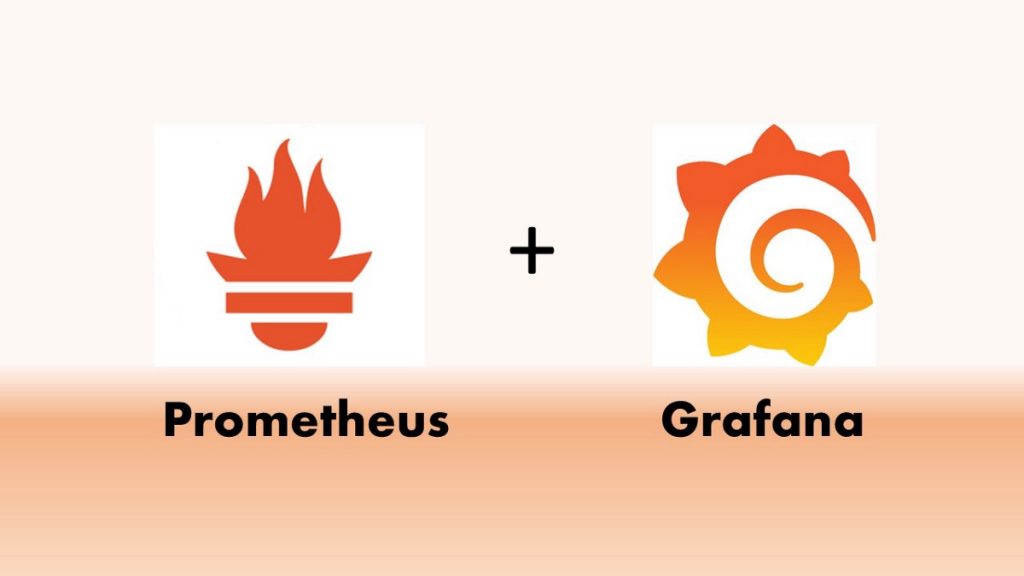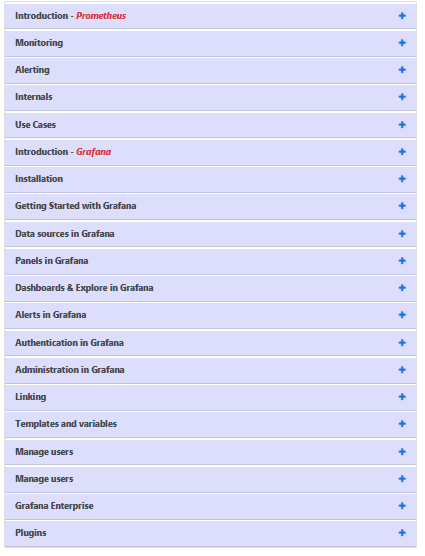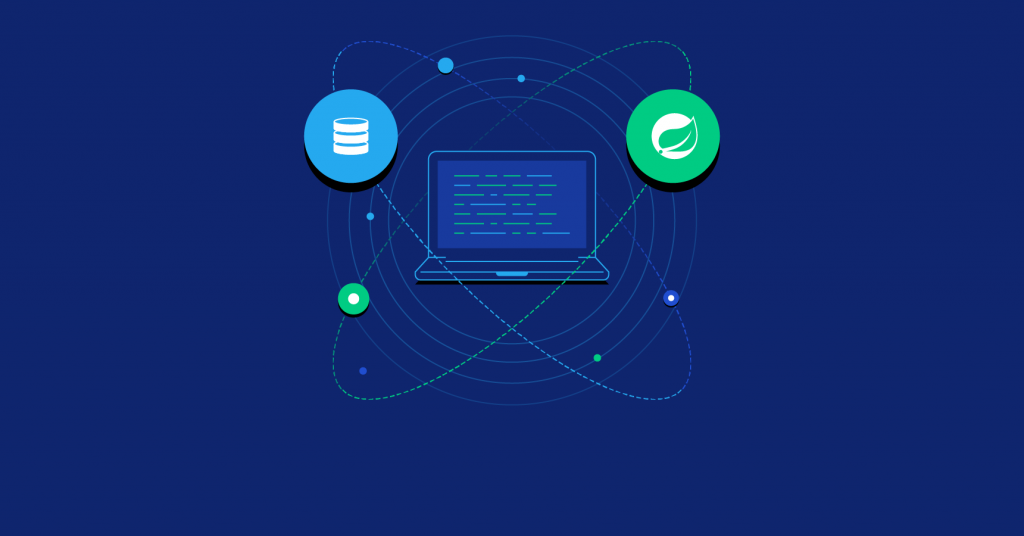What is Machine Learning?
Machine Learning, ML for short, is an area of computational science that deals with the analysis and interpretation of patterns and structures in large volumes of data. Through it, we can infer insightful patterns from data sets to support business decision-making – without or with very little need for human interface.
In Machine Learning, we feed large volumes of data to a computer algorithm that then trains on it, analyzing it to find patterns and generating data-driven decisions and recommendations. If there are any errors or outliers in information identified, the algorithm is structured to take this new information as input to improve its future output for recommendations and decision-making.
Simply put, ML is a field in AI that supports organizations to analyze data, learn, and adapt on an ongoing basis to help in decision-making. It’s also worth noting that deep learning is a subset of machine learning.
What is a Machine Learning Framework?
A simplified definition would describe machine learning frameworks as tools or libraries that allow developers to easily build ML models or Machine Learning applications, without having to get into the nuts and bolts of the base or core algorithms. It provides more of an end-to-end pipeline for machine learning development.
Here are the top 20 machine learning frameworks:
- TensorFlow
- PyTorch
- scikit-learn
- Keras
- MXNet
- Caffe
- Theano
- Microsoft Cognitive Toolkit (CNTK)
- Spark MLlib
- H2O.ai
- LightGBM
- XGBoost
- CatBoost
- Fast.ai
- Torch
- CNTK (Microsoft Cognitive Toolkit)
- Deeplearning4j
- Mahout
- Accord.NET
- Shogun
1. TensorFlow:
Developed by Google’s Brain Team, TensorFlow is one of the most widely used machine learning frameworks. It provides a comprehensive ecosystem for building and deploying machine learning models, including support for deep learning. TensorFlow offers high-level APIs for ease of use and low-level APIs for customization.
Key Features:
- Based on JavaScript
- Open source and has extensive APIs
- Can be used via script tags or via installation through npm
- Runs on CPUs and GPUs
- Extremely popular and has lots of community support
2. PyTorch:
PyTorch is a popular open-source machine learning framework developed by Facebook’s AI Research Lab. It has gained significant popularity due to its dynamic computational graph, which enables more flexibility during model development. PyTorch is widely used for research purposes and supports both deep learning and traditional machine learning models.
Key Features:
- Supports cloud-based software development
- Suitable for designing neural networks and Natural Language Processing
- Used by Meta and IBM
- Good for designing computational graphs
- Compatible with Numba and Cython
3. scikit-learn:
scikit-learn is a Python library that provides a simple and efficient set of tools for data mining and machine learning. It offers a wide range of algorithms for classification, regression, clustering, and dimensionality reduction. scikit-learn is known for its user-friendly API and extensive documentation.
Key Features:
- Works well with Python
- The top framework for data mining and data analysis
- Open-source and free
4. Keras:
Keras is a high-level neural networks API written in Python. Initially developed as a user-friendly interface for building deep learning models on top of TensorFlow, Keras has evolved into an independent framework. It provides an intuitive and modular approach to building neural networks and supports both convolutional and recurrent networks.
5. MXNet:
MXNet is a deep learning framework that emphasizes efficiency, scalability, and flexibility. It offers both imperative and symbolic programming interfaces, allowing developers to choose the approach that best suits their needs. MXNet is known for its support of distributed training, which enables training models on multiple GPUs or across multiple machines.
Key Features:
- Adopted by Amazon for AWS
- Supports multiple languages, including Python, JavaScript, Julia, C++, Scala, and Perl
- Microsoft, Intel, and Baidu also support Apache MXNet
- Also used by the University of Washington and MIT
6. Caffe:
Keeping speed, modularity, and articulation in mind, Berkeley Vision and Learning Center (BVLC) and community contributors came up with Caffe, a Deep Learning framework. Its speed makes it ideal for research experiments and production edge deployment. It comes with a BSD-authorized C++ library with a Python interface, and users can switch between CPU and GPU. Google’s DeepDream implements Caffe. However, Caffe is observed to have a steep learning curve, and it is also difficult to implement new layers with Caffe.
7. Theano:
Theano was developed at the LISA lab and was released under a BSD license as a Python library that rivals the speed of the hand-crafted implementations of C. Theano is especially good with multidimensional arrays and lets users optimize mathematical performances, mostly in Deep Learning with efficient Machine Learning Algorithms. Theano uses GPUs and carries out symbolic differentiation efficiently.
Several popular packages, such as Keras and TensorFlow, are based on Theano. Unfortunately, Theano is now effectively discontinued but is still considered a good resource in ML.
8. Microsoft Cognitive Toolkit (CNTK):
CNTK is a deep learning framework developed by Microsoft. It provides high-level abstractions and supports both convolutional and recurrent neural networks. CNTK is known for its scalability and performance, particularly in distributed training scenarios.
9. Spark MLlib :
Spark MLlib is a machine learning library provided by Apache Spark, an open-source big data processing framework. Spark MLlib offers a wide range of tools and algorithms for building scalable and distributed machine learning models. It is designed to work seamlessly with the Spark framework, enabling efficient processing of large-scale datasets.
10. H2O.ai :
H2O.ai is an open-source machine-learning platform that provides a range of tools and frameworks for building and deploying machine-learning models. It aims to make it easy for data scientists and developers to work with large-scale data and build robust machine-learning pipelines.
11. LightGBM:
LightGBM is an open-source gradient-boosting framework developed by Microsoft. It is specifically designed to be efficient, scalable, and accurate, making it a popular choice for various machine-learning tasks.
12. XGBoost:
XGBoost (Extreme Gradient Boosting) is a powerful and widely used open-source gradient boosting framework that has gained significant popularity in the machine learning community. It is designed to be efficient, scalable, and highly accurate for a variety of machine-learning tasks.
13. CatBoost:
CatBoost is an open-source gradient-boosting framework developed by Yandex, a Russian technology company. It is specifically designed to handle categorical features in machine learning tasks, making it a powerful tool for working with structured data.
14. Fast.ai:
Fast.ai is a comprehensive deep-learning library and educational platform that aims to democratize and simplify the process of building and training neural networks. It provides a high-level API on top of popular deep learning frameworks like PyTorch, allowing users to quickly prototype and iterate on their models.
15. Torch:
Torch, or PyTorch, is a widely used open-source deep learning framework that provides a flexible and efficient platform for building and training neural networks. It is developed and maintained by Facebook’s AI Research Lab (FAIR).
16. CNTK (Microsoft Cognitive Toolkit):
CNTK (Microsoft Cognitive Toolkit), now known as Microsoft Machine Learning for Apache Spark, is an open-source deep learning framework developed by Microsoft. It provides a flexible and scalable platform for building, training, and deploying deep learning models.
17. Deeplearning4j:
Deeplearning4j (DL4J) is an open-source deep-learning library specifically designed for Java and the Java Virtual Machine (JVM) ecosystem. It provides a comprehensive set of tools and capabilities for building and training deep neural networks in Java, while also supporting integration with other JVM-based languages like Scala and Kotlin.
18. Mahout:
Apache Mahout is an open-source machine learning library and framework designed to provide scalable and distributed implementations of various machine learning algorithms. It is part of the Apache Software Foundation and is built on top of Apache Hadoop and Apache Spark, making it well-suited for big data processing.
19. Accord.NET:
Accord.NET is an open-source machine learning framework for .NET developers. It provides a wide range of libraries and algorithms for various machine-learning tasks, including classification, regression, clustering, neural networks, image processing, and more. Accord.NET aims to make machine learning accessible and easy to use within the .NET ecosystem.
20. Shogun:
Shogun is an open-source machine-learning library that provides a comprehensive set of algorithms and tools for a wide range of machine-learning tasks. It is implemented in C++ and offers interfaces for several programming languages, including Python, Java, Octave, and MATLAB.








